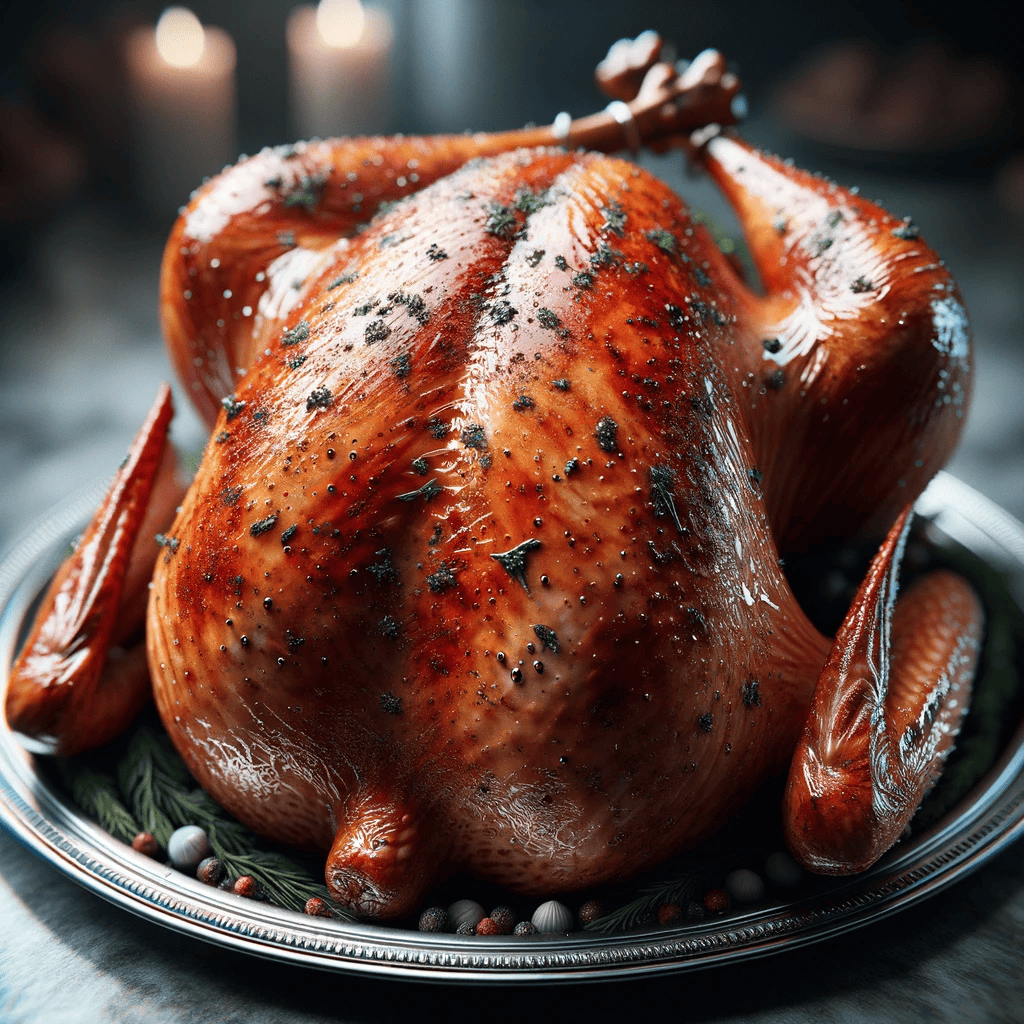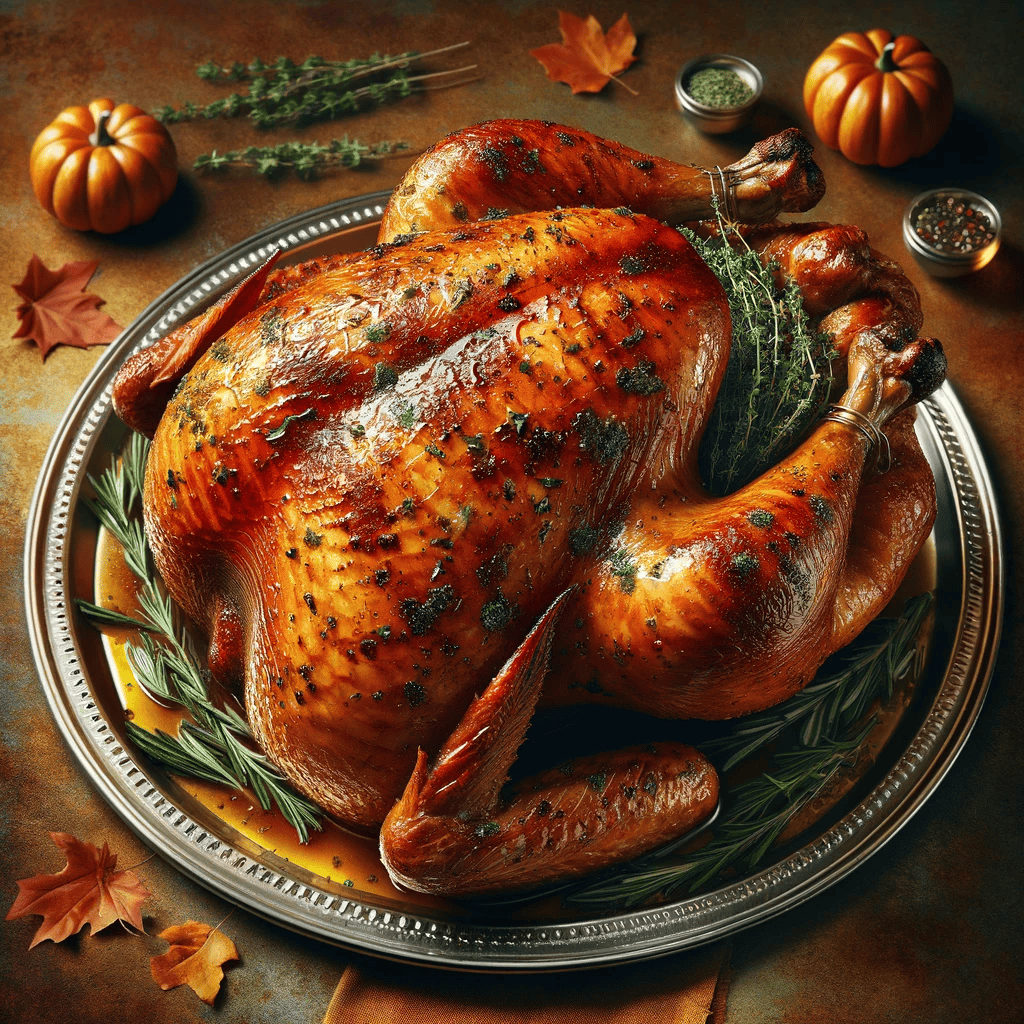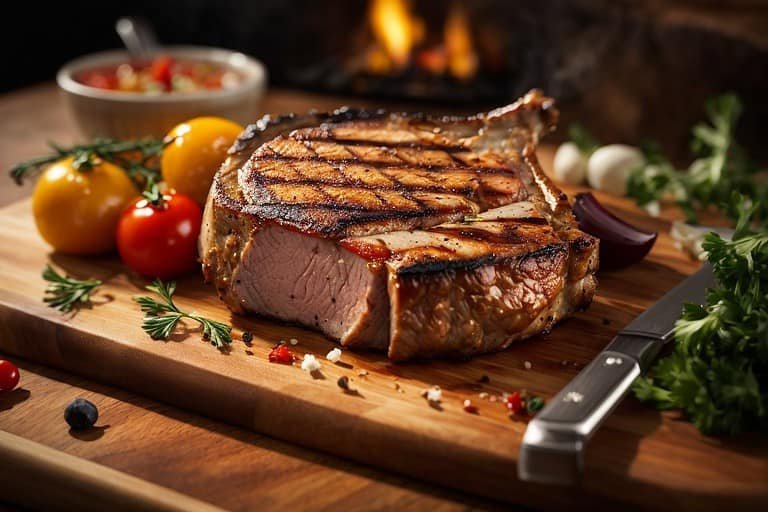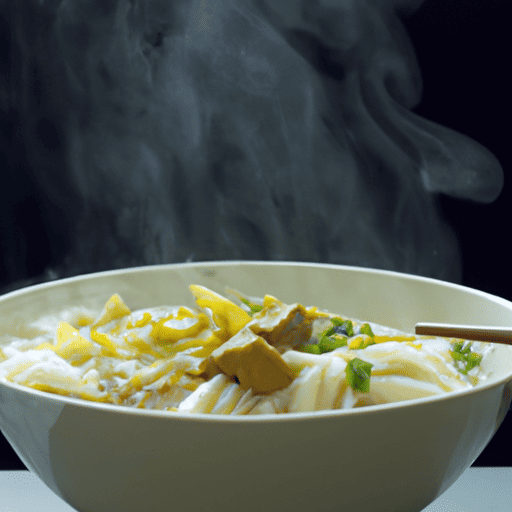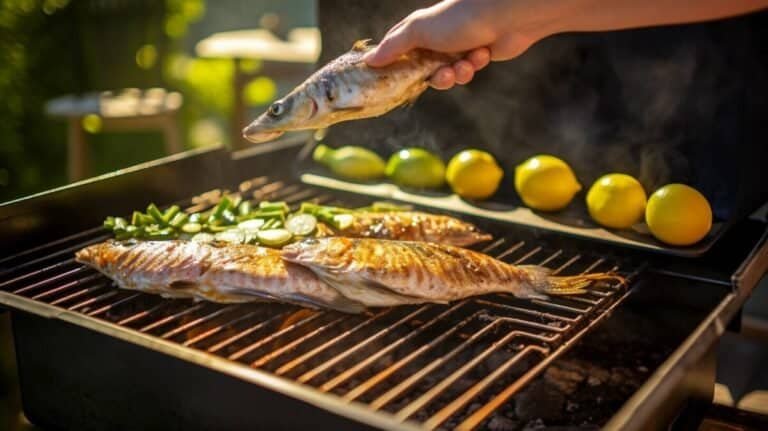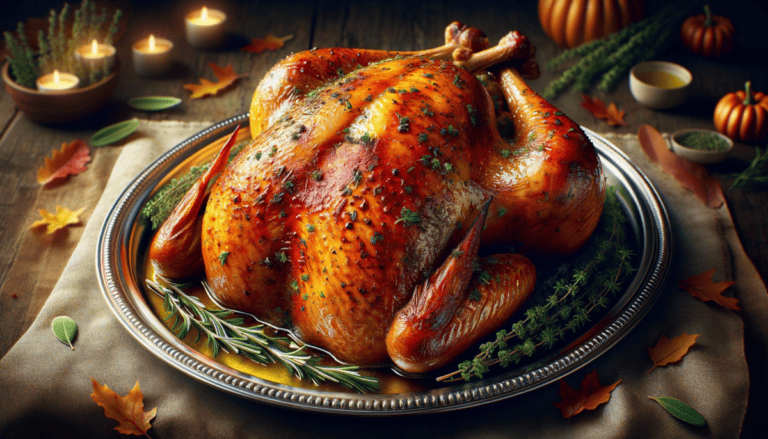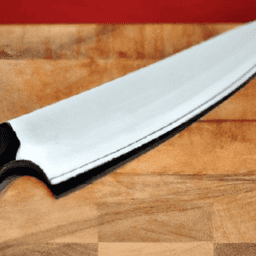How to Cook a Turkey: Secrets to a Juicy, Flavorful Bird
The Thanksgiving turkey—often the centerpiece of holiday disasters, where families gather ’round to partake in a bird that’s as dry as grandma’s sense of humor. But what if you could flip the script? What if this year, you could strut into the dining room with a turkey so juicy and flavorful that it silences the room? Imagine Uncle Bob, the self-proclaimed grill master, dropping his fork in awe. Picture your vegan cousin sneaking a taste when no one’s looking. That’s right, we’re talking about a turkey so good, that it could broker world peace—or at least a ceasefire in the annual family food fight.
Ready to become a legend? Let’s get cooking.
Overview of How to Cook a Turkey
- Thawing: Ensure the turkey is completely thawed before cooking. This can be achieved using a refrigerator or a cold water bath.
- Brining: Optional step to enhance flavor, but not mandatory.
- Cooking Temperature: Start by preheating the oven to 450°F. Once the turkey is in, reduce the temperature to 350°F.
- Roasting Time: Aim for roughly 13 minutes per pound. The turkey should reach an internal temperature of 165°F.
- Basting: Remember to baste every 45 minutes for optimal moisture and flavor.
- Resting: Allow the turkey to rest for a minimum of 15 minutes post-cooking to retain its juiciness.
- Turkey Types: Choices include fresh, frozen, basted, free-range, kosher, natural, and organic turkeys. Each variety offers unique benefits, so choose based on your personal preferences.
Turkey Size Calculator
Step 1: Thaw & Clean Your Turkey

Thaw
Before you can cook your turkey, it’s crucial to thaw it completely and prepare it properly to ensure even cooking and delicious results. Thawing a turkey can take some time, so it’s important to plan ahead.
The safest way to thaw a turkey is in the refrigerator. Place the turkey on a tray or in a pan to catch any drips, and allow approximately 24 hours of thawing time for every 4-5 pounds of turkey. Keep the turkey in its original packaging and place it in the refrigerator on the lowest shelf to prevent cross-contamination with other foods.
You can also thaw the turkey in a cold water bath if you’re short on time. Fill a clean sink or large basin with cold water and submerge the turkey in its original packaging. Change the water every 30 minutes, and allow 30 minutes of thawing time for every pound of turkey.
Turkey Thawing Guide
Clean
Once your turkey is thawed, preparing it properly before cooking is important. Remove the turkey from its packaging and carefully remove the neck and giblets from the body cavity. These can be used to make a flavorful stock or to make a turkey gravy if desired.
Rinse the turkey inside and out with cold water, then pat it dry with paper towels. This helps to remove any excess moisture and allows the seasonings to adhere better.
Step 2: Brine Your Turkey
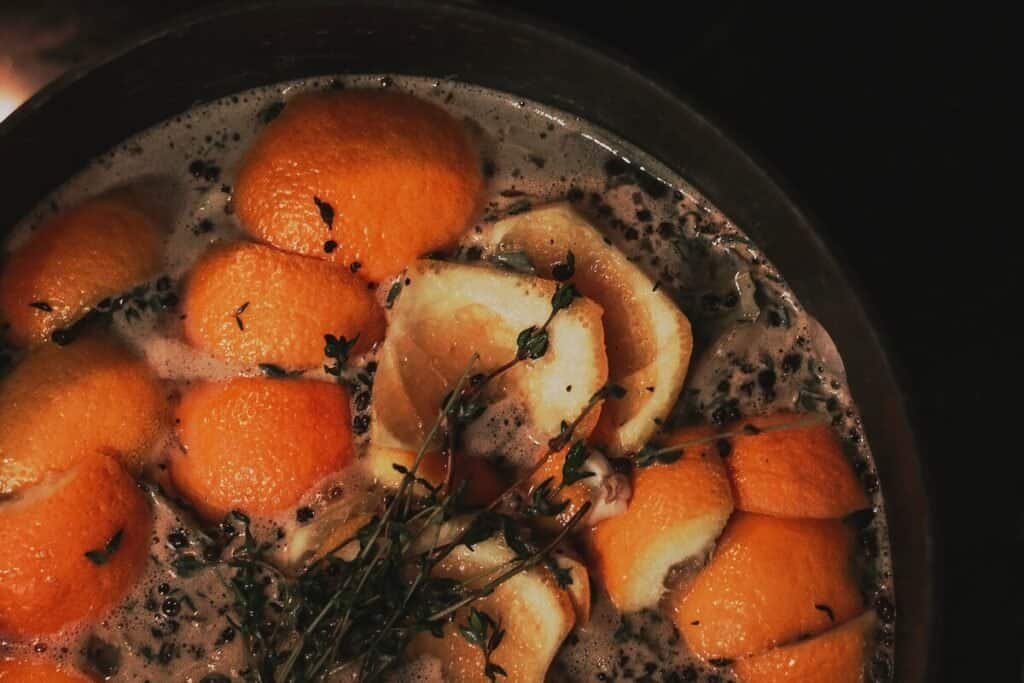
You should also brine the turkey for added flavor and moisture. Don’t skip this step. It’s was flavors the turkey and keep is moist and juice. To brine, place the turkey in a large container and cover it completely with a brine solution (see recipes below). Refrigerate the turkey in the brine for 12-24 hours before cooking.
Here are three different brine recipes for a Thanksgiving turkey.
Option 1: Classic Apple Cider Brine
Flavor Profile: Sweet and aromatic with a hint of citrus.
| Ingredient | Measurement (for 12-15 lb turkey) | Measurement (for 16-20 lb turkey) | Measurement (for 21-25 lb turkey) |
|---|---|---|---|
| Apple juice/cider | 3 cups | 4.5 cups | 6 cups |
| Cold water | 2 gallons | 3 gallons | 4 gallons |
| Fresh rosemary | 4 tbsp | 6 tbsp | 8 tbsp |
| Garlic (minced) | 5 cloves | 7 cloves | 9 cloves |
| Kosher salt | 1.5 cups | 2.25 cups | 3 cups |
| Brown sugar | 2 cups | 3 cups | 4 cups |
| Peppercorns | 3 tbsp | 4.5 tbsp | 6 tbsp |
| Bay leaves | 5 | 7 | 9 |
| Orange peel | Peel of 3 oranges | Peel of 4 oranges | Peel of 5 oranges |
Option 2: Savory Herb Brine
Flavor Profile: Earthy and aromatic with a touch of umami.
| Ingredient | Measurement (for 12-15 lb turkey) | Measurement (for 16-20 lb turkey) | Measurement (for 21-25 lb turkey) |
|---|---|---|---|
| Vegetable Broth | 1 gallon | 1.5 gallons | 2 gallons |
| Sea salt | 1 cup | 1.5 cups | 2 cups |
| Rosemary | 1 tbsp | 1.5 tbsp | 2 tbsp |
| Sage | 1 tbsp | 1.5 tbsp | 2 tbsp |
| Thyme | 1 tbsp | 1.5 tbsp | 2 tbsp |
| Savory | 1 tbsp | 1.5 tbsp | 2 tbsp |
| Ice water | 1 gallon | 1.5 gallons | 2 gallons |
Option 3: Sweet & Spicy Brine
Flavor Profile: A balance of sweetness with a kick of heat.
| Ingredient | Measurement (for 12-15 lb turkey) | Measurement (for 16-20 lb turkey) | Measurement (for 21-25 lb turkey) |
|---|---|---|---|
| Apple cider | 3 cups | 4.5 cups | 6 cups |
| Brown sugar | 2 cups | 3 cups | 4 cups |
| Kosher salt | 1.5 cups | 2.25 cups | 3 cups |
| Red pepper flakes | 1 tbsp | 1.5 tbsp | 2 tbsp |
| Garlic (minced) | 5 cloves | 7 cloves | 9 cloves |
| Cold water | 2 gallons | 3 gallons | 4 gallons |
Brining Instructions:
- Combine all ingredients (except cold water for the Sweet and Spicy brine) in a large pot.
- Bring the mixture to a boil, stirring until the salt and sugar dissolve.
- Remove from heat and let the brine cool completely.
- Place the turkey in a large brining bag or pot.
- Pour the brine solution over the turkey, ensuring it’s fully submerged.
- Refrigerate for 16 to 24 hours.
- Before roasting, remove the turkey from the brine and rinse it thoroughly to remove excess salt.
- Pat the turkey dry and proceed with your roasting method.
Note: Adjust the measurements based on the weight of your turkey. Always ensure the turkey is fully submerged in the brine. If more liquid is needed, you can add more cold water.
Step 3: Season & Cook Your Turkey
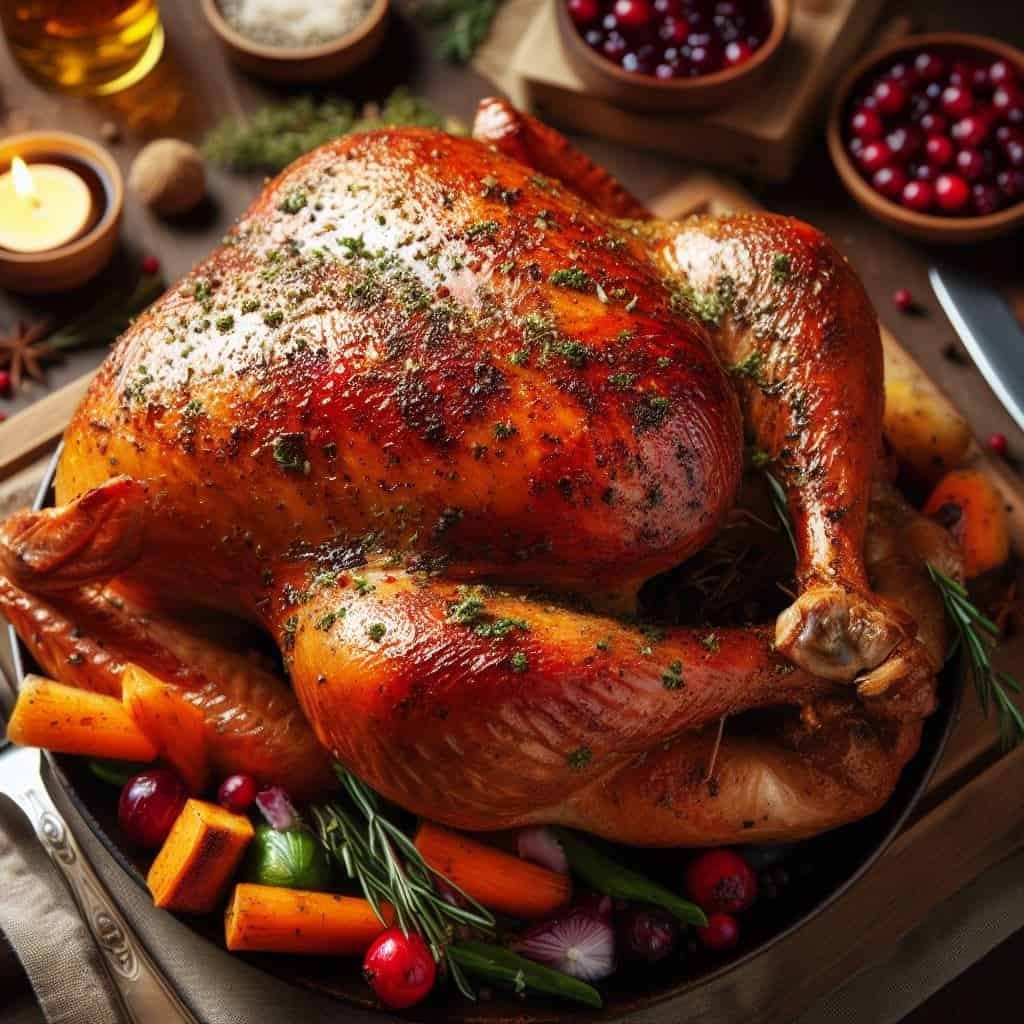
Now that your turkey is thawed, prepped, and brined, it’s time to move on to the next steps of cooking a delicious Thanksgiving turkey. In the next section, we will explore different seasoning options and roasting techniques to enhance the flavor of your turkey.
Succulent Herb-Butter Roasted Turkey for a Flavorful Thanksgiving
This herb-butter roasted turkey is a symphony of flavors, with each tender bite delivering the aromatic essence of sage, rosemary, and thyme. Enveloped in a buttery cocoon, the skin crisps to a delightful golden brown while the meat remains irresistibly moist. As it roasts, the kitchen fills with a fragrance that heralds the arrival of a truly special Thanksgiving meal.
Ultimate Spicy Brined Turkey for a Zesty Thanksgiving
This turkey, brined in bold spices and bright citrus, emerges from the oven with a golden hue and an aroma that calls forth a bounty of Thanksgiving memories. Its meat, juicy and tender to the last bite, carries a subtle heat that dances on the palate, bringing a festive kick to your holiday spread.
Seasoning is a crucial step that can elevate the taste of your roasted turkey. Here are some easy turkey recipes and tips for achieving a mouthwatering result.
Classic Herb-Roasted Turkey Recipe
Ingredients:
| Measurements | Ingredients |
|---|---|
| 12-14 pounds | Whole turkey |
| 2 tablespoons | Minced garlic (6-8 cloves) |
| 2 tablespoons | Chopped fresh rosemary leaves |
| 2 tablespoons | Chopped fresh sage leaves |
| 1.5 teaspoons | Chopped fresh thyme leaves |
| 3 teaspoons | Kosher salt |
| 1.5 teaspoons | Freshly ground black pepper |
| 3 tablespoons | Good olive oil |
| 3 tablespoons | Freshly squeezed lemon juice |
| 1.5 cups | Dry white wine |
Instructions:
- Preheat the oven to 325°F.
- Place the turkey, skin side up, on a rack in a roasting pan.
- In a small bowl, combine garlic, mustard, rosemary, sage, thyme, salt, pepper, olive oil, and lemon juice to form a paste.
- Gently loosen the turkey’s skin from the breast and thighs. Spread half of the herb paste directly onto the meat and the remaining on the skin.
- Pour the wine into the bottom of the roasting pan.
- Roast the turkey for approximately 1 3/4 to 2 hours or until an instant-read thermometer registers 165°F in the thickest part of the breast.
- If the skin begins to over-brown, cover the turkey loosely with aluminum foil.
- Once cooked, cover the turkey with foil and let it rest at room temperature for 15-30 minutes before carving.
- Serve with the pan juices spooned over the turkey.
Citrus-Garlic Roasted Turkey Recipe
Ingredients:
| Measurements | Ingredients |
|---|---|
| 12-14 pounds | Whole turkey |
| Juice from 2 oranges | Freshly squeezed orange juice |
| Juice from 2 lemons | Freshly squeezed lemon juice |
| 6 cloves | Minced garlic |
| 3 tablespoons | Olive oil |
| To taste | Salt |
| To taste | Pepper |
Instructions:
- Preheat the oven to 325°F.
- In a bowl, combine orange juice, lemon juice, minced garlic, olive oil, salt, and pepper.
- Rub the citrus-garlic mixture all over the turkey, ensuring to coat both the inside and outside.
- Place the turkey in a roasting pan.
- Roast the turkey, basting every 45 minutes to ensure it remains moist and flavorful.
- Continue roasting until the turkey is golden brown, and an instant-read thermometer registers 165°F in the thickest part of the breast.
- Once cooked, let the turkey rest for about 15-30 minutes before carving.
Once your turkey reaches an internal temperature of 165°F and the skin is golden brown, remove it from the oven and let it rest for at least 15-30 minutes before carving.
Pro tip: This resting period allows the juices to redistribute, resulting in a tender and moist turkey
With these seasoning and roasting techniques, your turkey will be the star of the Thanksgiving table. Experiment with different flavors and make it your own. Enjoy the process of creating a delicious roasted turkey that will impress your family and friends!
Basting and Monitoring the Turkey
Basting is the secret to a juicy, flavorful turkey. Start by melting butter or using pan drippings, then brush or spoon it over the turkey. This not only moisturizes but also enhances flavor and gives a golden hue. Baste every 45 minutes, tilting the pan to gather juices and coat the turkey evenly. Even if covered with foil, don’t skip basting.
Monitor the cooking by inserting a thermometer into the thigh, ensuring it hits 165°F. If browning too fast, shield with foil.
Pro Tip: For a flavor boost, mix melted butter, drippings, and herbs like rosemary, thyme, and sage for basting. This aromatic blend will make your turkey the talk of the table.
| Basting Tips | Benefits |
|---|---|
| Use a basting brush or spoon | Ensures even coating of the turkey |
| Baste every 45 minutes | Keeps the turkey moist and flavorful |
| Add herbs and spices to the basting liquid | Enhances the flavor profile of the turkey |
| Monitor the turkey’s cooking progress | Ensures the turkey reaches the optimal internal temperature |
How to Carve A Turkey
Check out this video for proper techniques on how to carve a turkey.
Choosing the Right Type of Turkey
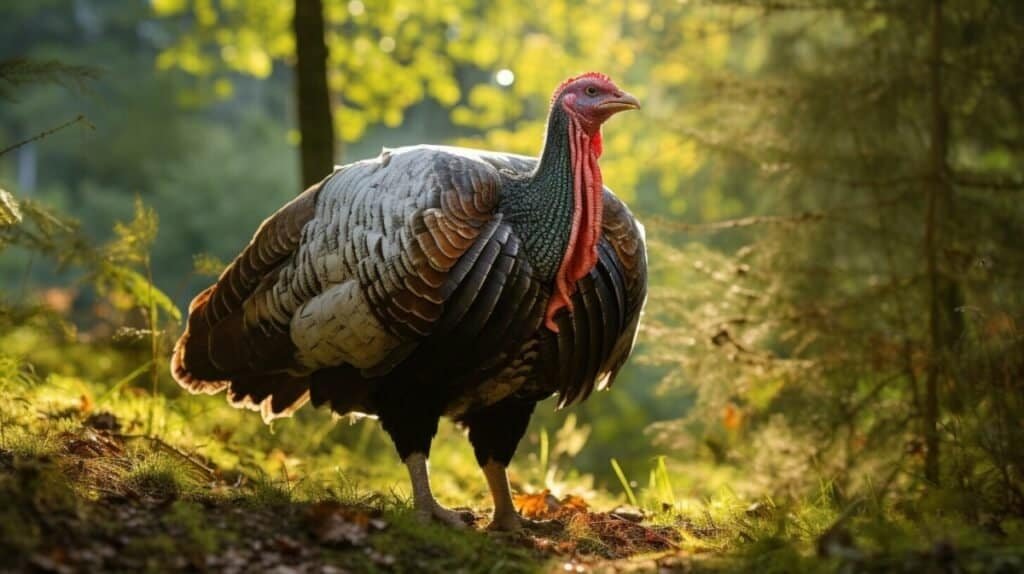
With various options available, understanding the differences between fresh, frozen, and other types of turkeys will help you make the right choice for your Thanksgiving feast. Here’s a breakdown of the different types of turkeys:
Fresh Turkey
A fresh turkey is one that has never been stored at temperatures below 26°F. It offers the advantage of being readily available during the holiday season and is known for its juiciness. However, it has a shorter shelf life and should be cooked within a couple of days of purchase.
Frozen Turkey
Frozen turkeys are convenient as they can be purchased well in advance. They are typically flash-frozen after processing to retain their quality. It’s important to thaw a frozen turkey properly before cooking. Allow 24 hours of thawing time in the refrigerator for every 4-5 pounds of turkey, or use the cold-water thawing method. Follow food safety guidelines to ensure a safe and delicious meal.
Free-Range Turkey
Free-range turkeys are raised in an open environment and have access to the outdoors. They are often considered to have more flavorful meat than conventionally raised turkeys. This is because they have the opportunity to forage and roam freely, which can result in leaner and more flavorful meat.
Kosher Turkey
Kosher turkeys are prepared according to Jewish dietary laws. They undergo a specific process of salting and soaking, which results in tender and flavorful meat. The salting process can also help remove excess blood from the turkey. Keep in mind that kosher turkeys are typically pre-brined and may not require additional seasoning.
Natural Turkey
Natural turkeys are minimally processed and do not contain any artificial additives or preservatives. They are typically labeled as “natural” or “minimally processed.” While natural turkeys may not have been raised with antibiotics or growth hormones, reading the packaging to ensure they meet your specific preferences and requirements is important.
Organic Turkey
Organic turkeys are raised according to strict organic standards. They are fed organic feed and have access to the outdoors. Additionally, they are not treated with antibiotics or growth hormones. Organic turkeys are certified by a reputable organic certification agency, ensuring that they meet specific standards regarding their farming and processing methods.
With this information, you can now decide which type of turkey is best for your Thanksgiving meal. Remember, each type has its own benefits and considerations, so choose the one that suits your preferences and values.
| Turkey Type | Description |
|---|---|
| Fresh Turkey | A turkey that has never been stored below 26°F. Juicy but has a shorter shelf life. |
| Frozen Turkey | Convenient option, can be purchased well in advance. Thaw properly before cooking. |
| Free-Range Turkey | Raised in an open environment, flavorful meat due to foraging and freedom of movement. |
| Kosher Turkey | Prepared according to Jewish dietary laws, salted and soaked for tender and flavorful meat. |
| Natural Turkey | Minimally processed, no artificial additives or preservatives. |
| Organic Turkey | Raised according to strict organic standards, fed organic feed, and not treated with antibiotics or growth hormones. |
Now that you have all the information about the various types of turkeys available, you can confidently choose the perfect turkey for your Thanksgiving dinner.
Conclusion
By following these steps and tips, you’ll be well-equipped to cook a turkey that will be the highlight of your Thanksgiving celebration. Start by ensuring your turkey is completely thawed in the refrigerator or a cold water bath. Remember, brining your turkey can add extra flavor.
Preheat your oven to 450°F, then lower the temperature to 350°F once the turkey is in. Roast the turkey for approximately 13 minutes per pound or until it reaches an internal temperature of 165°F. To keep your turkey moist and flavorful, make sure to baste it every 45 minutes throughout the cooking process.
After roasting, let the turkey rest for at least 15-30 minutes before carving. This allows the juices to redistribute, resulting in a tender and juicy bird. Remember, there are different types of turkeys to choose from, including fresh, frozen, basted, free-range, kosher, natural, and organic. Consider the benefits and considerations of each type before making your selection.
For additional tips and techniques, be sure to explore how to thaw a turkey, how to brine a turkey, and how to season and prepare the turkey for roasting. With these insights and knowledge, your Thanksgiving turkey will be a delicious and memorable centerpiece for your holiday feast.
FAQ
How do I cook a turkey?
To cook a turkey, start by thawing it completely either in the refrigerator or in a cold water bath. Preheat the oven to 450°F, then lower the temperature to 350°F after putting the turkey in. Roast the turkey for about 13 minutes per pound, or until it reaches an internal temperature of 165°F. Baste the turkey every 45 minutes for a moist and flavorful result. Let the turkey rest for at least 15 minutes before carving.
Do I need to brine the turkey?
While brining can add flavor to your turkey, it is not necessary. It is a personal preference. If you choose to brine, make sure to plan ahead as it requires additional time and preparation.
How do I thaw a turkey?
Thaw a turkey by placing it in the refrigerator for several days, allowing approximately 24 hours of thawing time for every 4-5 pounds of turkey. Alternatively, you can use a cold water bath, changing the water every 30 minutes. Do not thaw a turkey at room temperature.
How can I season and prepare the turkey for roasting?
There are many seasoning options available, such as using a dry rub or stuffing the turkey with aromatic herbs and vegetables. Make sure to remove the giblets and neck from the turkey cavity before roasting. Brush the turkey with melted butter or oil, and season with salt, pepper, and any desired herbs or spices.
How often should I baste the turkey?
Baste the turkey every 45 minutes during the cooking process to keep it moist and flavorful. Use the pan juices or a basting liquid of your choice to brush over the turkey surface.
How do I determine when the turkey is done?
Use a meat thermometer to check the internal temperature of the turkey. It should read 165°F in the thickest part of the thigh. The juices should also run clear when the turkey is pierced with a knife. It is important to ensure the turkey is fully cooked to prevent any foodborne illness.
Why is it important to let the turkey rest?
Allowing the turkey to rest for at least 15 minutes after cooking helps to redistribute the juices, resulting in a juicier and more tender turkey. It also makes carving the turkey easier.
What types of turkeys are available?
There are different types of turkeys to choose from, such as fresh, frozen, basted, free-range, kosher, natural, and organic. Each type has its own benefits and considerations. It is important to select the type that best fits your preferences and values.
What are the benefits of each type of turkey?
Fresh turkeys are known for their superior flavor and texture. Frozen turkeys are convenient and can be stored for longer periods. Basted turkeys are pre-injected with flavorings for added taste. Free-range turkeys have been allowed to roam outdoors. Kosher turkeys are prepared according to specific Jewish dietary laws. Natural turkeys have no artificial ingredients or preservatives. Organic turkeys are raised without antibiotics or hormones, and they are fed organic feed.

